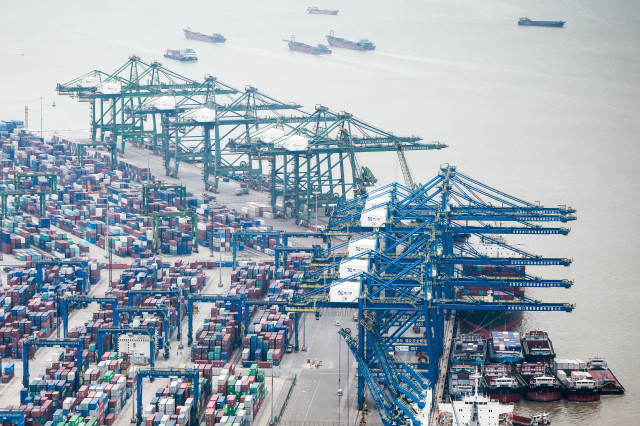
The Dongguan-Yantian combined port officially set in motion as containers with IKEA household goods are exported overseas directly after arriving at Shenzhen’s Yiantian Port.
The new mode will bolster foreign trade at Dongguan Port while fully utilizing the venue, workforce and facilities at Dongguan Port, and linked with hundreds of shipping lines at the Yiantian International Container Terminals.
The cargo needs only one run of declaration, inspection, and discharge. Through the block-chain platforms and IOT (Internet of Things) technology, the declaration data can be validated at both ports. And the barges can be released automatically in 24 hours.
Under this combined port mode, the logistics efficiency is greatly enhanced. The two ports will be operated like one port, reducing the clearance time and transportation costs.
Carriers can make arrangements for connecting inland barges with international liners. By doing so, the average stockpiling time can be shortened from 5 – 7 days down to just 2 days.
Furthermore, the combined port project allows goods to be carried by waterways, which effectively addressed the traffic congestion, lower gas and noise pollution caused by the traditional truck and trailer transport. And the total logistics costs can be cut by 200 RMB per container on average.
In the future, Dongguan Port will extend this practice of “combined ports” to other barge terminals and international land ports so as to offer more integrated logistics solutions with high efficiency to businesses in Dongguan and nearby cities.
The Greater Bay Area combined port program, launched in November last year, is a new infrastructure project that integrates the whole trade process of ports, customs, logistics, enterprises and finance.
The combined port program is expected to be implemented at 37 ports in the Greater Bay Area with the Shekou-Shunde combined port being the first project initiated under the program.
Source: newsgd.com





